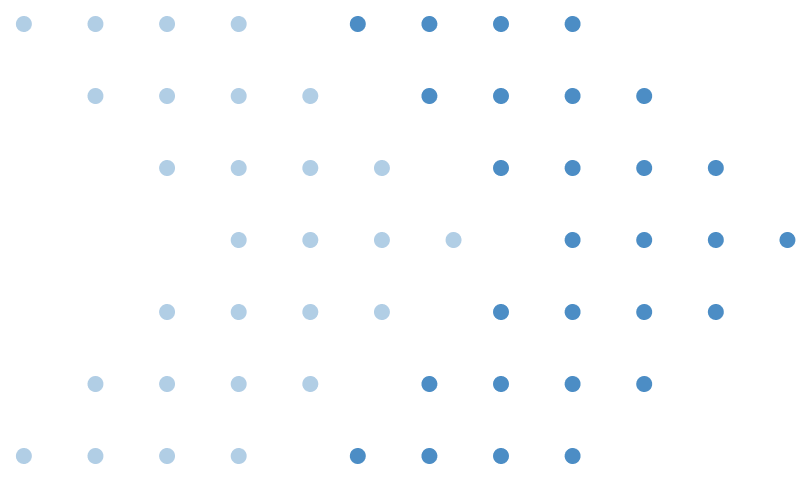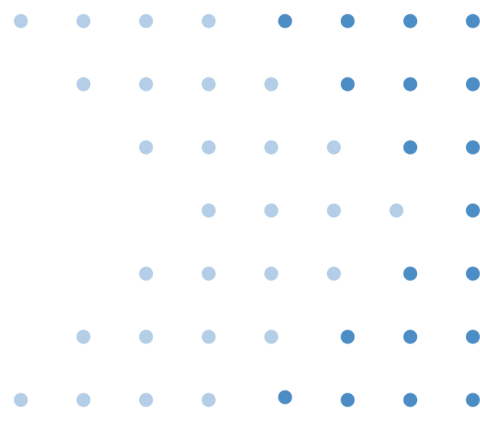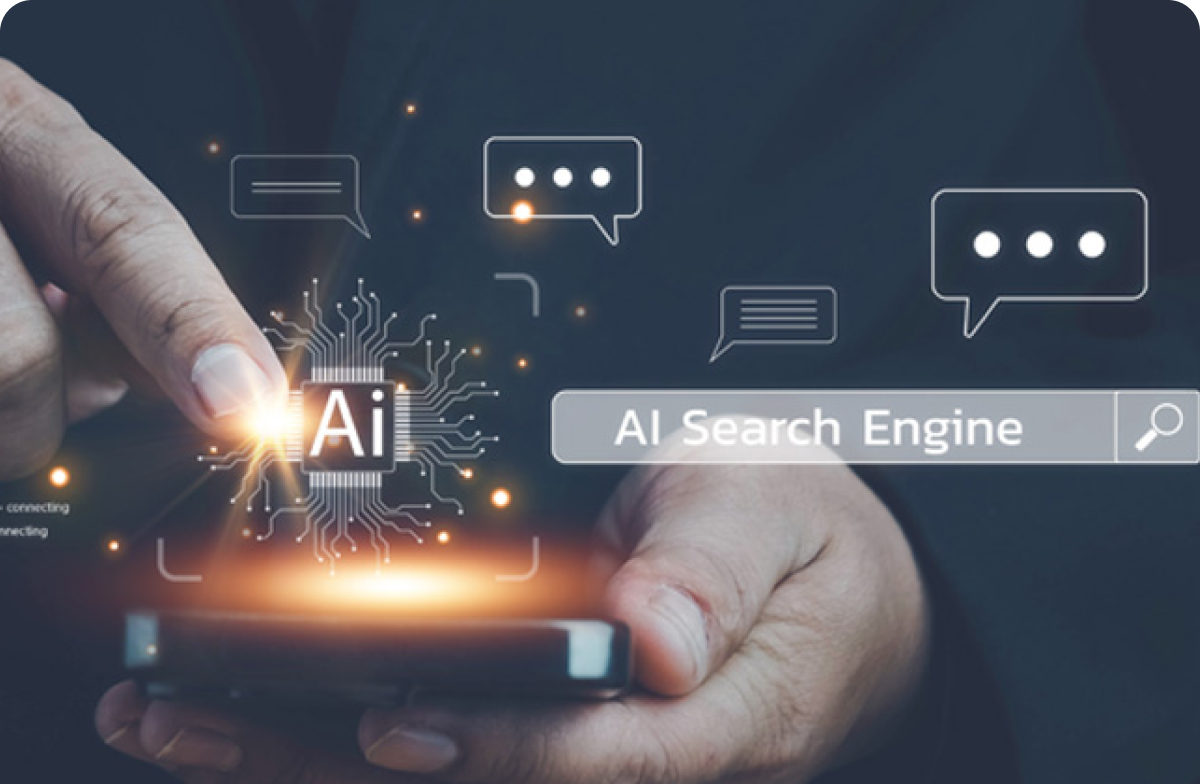The Foundations: Early Concepts and Theories (1950s-1980s)
The roots of AI can be traced back to the mid-20th century, where visionary thinkers like Alan Turing and John McCarthy laid the groundwork.
- Turing Test: Proposed by Alan Turing in 1950, the Turing Test assessed a machine's ability to exhibit intelligent behavior indistinguishable from a human.
- Symbolic AI: Early AI research focused on symbolic reasoning, using logic and rules to solve problems. This approach led to the development of expert systems in the 1980s, which could perform specific tasks based on predefined rules.
Example: Chess is one of the earliest examples where rule-based engines thrived. Programs like IBM's Deep Blue utilized a vast number of rules and heuristics to evaluate potential moves, making decisions based on the rules of chess to determine the best course of action. This culminated in Deep Blue's famous victory over world champion Garry Kasparov in 1997, showcasing the power of rule-based systems in strategic games.
Impact: These early developments set the stage for AI research, emphasizing the importance of formal logic and human-like reasoning.
The AI Winter: Challenges and Setbacks (1970s-1990s)
Despite initial excitement, the limitations of early AI systems became evident. The ambitious promises of the 1960s and 1970s led to disillusionment:
- Limited Processing Power: Early AI models struggled with complex tasks due to insufficient computational resources.
- Funding Cuts: The high expectations resulted in a backlash, leading to decreased funding and interest, known as the “AI Winter.”
Impact: This period of stagnation forced researchers to reevaluate their approaches, laying the groundwork for future breakthroughs.
Revival through Machine Learning (1990s-2010s)
The resurgence of AI began with the advent of machine learning, where algorithms learned from data rather than relying solely on rule-based logic.
- Statistical Learning: Algorithms began using statistical methods to identify patterns in data, leading to significant improvements in accuracy.
- Support Vector Machines (SVM) and Neural Networks: These techniques gained popularity, enabling more complex problem-solving capabilities.
Example: In gaming, the simplicity of rule-based systems was complemented by machine learning approaches. Games like Pac-Man used basic AI to control ghost behavior through rules (e.g., chasing the player, retreating, etc.), but advancements allowed for more adaptive strategies using learning algorithms that could analyze player behavior and adjust tactics dynamically.
Impact: The focus shifted from purely symbolic reasoning to data-driven approaches, revitalizing interest in AI applications.
Deep Learning: A Paradigm Shift (2010s-Present)
The introduction of deep learning marked a turning point in AI evolution. Leveraging advanced neural networks, deep learning unlocked new capabilities:
- Convolutional Neural Networks (CNNs): Revolutionized computer vision, enabling machines to interpret images and videos with remarkable accuracy.
- Natural Language Processing (NLP): Transformers, particularly models like BERT and GPT, transformed how machines understand and generate human language.
Impact: Deep learning has powered breakthroughs in various fields, from healthcare to finance, making AI applications more sophisticated and impactful.
Generative AI: The New Frontier (2020s and Beyond)
The latest evolution in AI technologies is generative AI, which can create new content based on existing data. This includes:
- Text Generation: Models like GPT-3 can generate coherent and contextually relevant text, transforming content creation, customer service, and marketing.
- Image and Video Generation: Tools like DALL-E and Stable Diffusion create stunning visuals from textual descriptions, revolutionizing creative industries.
Impact: Generative AI is reshaping workflows, enabling automation, and enhancing creativity, presenting unprecedented opportunities for innovation.
The Future: Ethical Considerations and Responsible AI
As AI technologies continue to evolve, ethical considerations have become paramount. Issues such as bias, transparency, and accountability are critical:
- Bias in AI: Ensuring fairness and reducing bias in AI models is essential for maintaining trust and integrity.
- Regulation and Governance: Developing frameworks for responsible AI use will guide organizations in implementing AI ethically.
Impact: The future of AI hinges on balancing innovation with ethical considerations, ensuring that technology serves society positively.
Conclusion: The Road Ahead
The evolution of AI technologies is a testament to human ingenuity and the relentless pursuit of innovation. From the early days of symbolic AI to the current advancements in generative AI, each phase has contributed to a rich tapestry of capabilities that continue to reshape industries.
As we move forward, organizations must stay attuned to the evolving landscape of AI, leveraging its potential while addressing the ethical challenges it presents. By embracing responsible AI practices and recognizing the enduring value of rule-based engines alongside modern techniques, we can harness these technologies to create a better, more inclusive future. The journey of AI is far from over; its next chapters promise to be just as transformative.












